The People's Graphic Design Archive: Documenting materials that would otherwise disappear
It was in 2014 that designer Louise Sandhaus began an ambitious project to create a crowd-sourced virtual archive of graphic design history. This month, eight years later, she launched The People's Graphic Design Archive (PGDA). We chat with Louise and her co-directors to discover more.
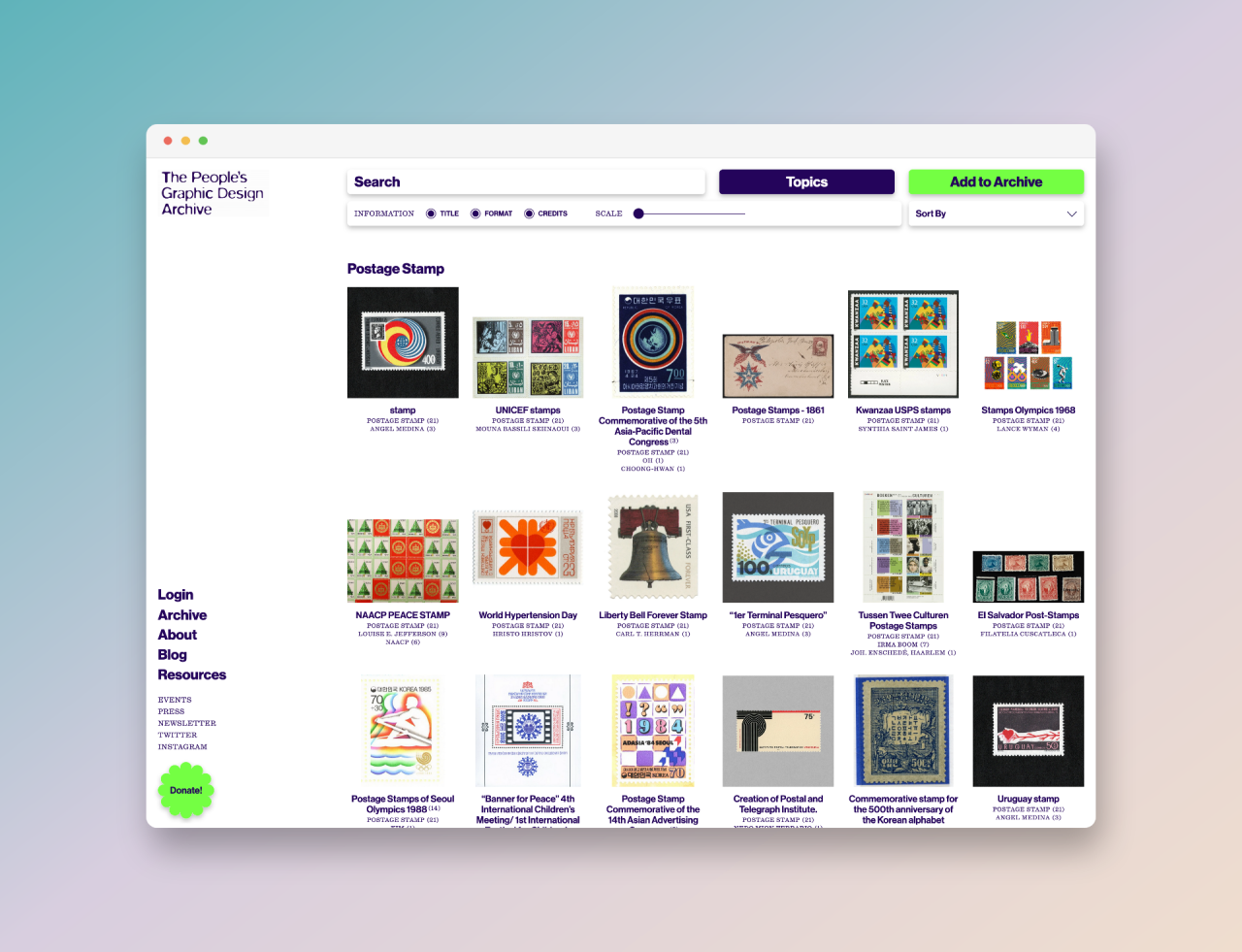
Stamps on the PGDA
The People's Graphic Design Archive is now online and available for anyone to access and enjoy, with over 5,000 contributions from over 10,000 users across the globe. It features everything from finished design projects and processes to photographs, correspondence, oral histories and interviews to published or unpublished articles and links to other archives.
But this is just the beginning. The platform hopes to grow significantly over the next 12 months, creating a vast source of inspiration for the design industry as well as documenting all that's been produced. "The project stems the tide of incredible historical material headed for the dumpster, given no place for it to go, and lets everyone decide what should be part of our history," Louise tells Creative Boom.
The idea for the Archive came when Louise uncovered such materials during research for her acclaimed book, Earthquakes, Mudslides, Fires & Riots: California and Graphic Design, 1936–1986. She realised there was hardly anything online that preserves graphic design history and so set out to provide a virtual repository to which anyone could submit and store cultural treasures – from anywhere in the world – that would otherwise be lost forever.
But it took some time to figure out the right approach. First tested and modelled with Sandhaus's students at the California Institute of the Arts (CalArts), the breakthrough came in 2020. Advised by those behind another crowd-sourced virtual collection, Fonts in Use, Louise and her team then launched a living prototype in Notion – an off-the-shelf wiki software.
After receiving generous financial support from Lynda Weinman and Bruce Heavin (founders of Lynda.com), Graham Foundation for Advanced Studies in the Fine Arts, and CalArts, they were able to hire developer Rob Meek and visual designer Abby Chen to realise the project. With the early site now retired, the new, custom platform allows users to quickly and easily add items and offers many ways for viewing, searching, and browsing.
We chatted with Louise and her co-directors of the Archive, including Brockett Horne, Morgan Searcy, and Briar Levit, to find out how it's all going.
What have you learnt personally from setting up this Archive?
Louise: I learned to let go of my perfectionism. This lesson turned into The People's Graphic Design Archive's motto: 'Preservation, not perfection'. I had to learn that the site wouldn't be perfect and that the material in the Archive wouldn't be perfectly preserved. Finally, I had to learn that it would be a messy process.
Brockett: I'm convinced that collaboration is the way forward. Messy, inefficient, compromising, and surprising, but I've done my best work with this inspiring crew of thinkers. The project is a testament to things I could never make or consider on my own but is materialised through collaboration.
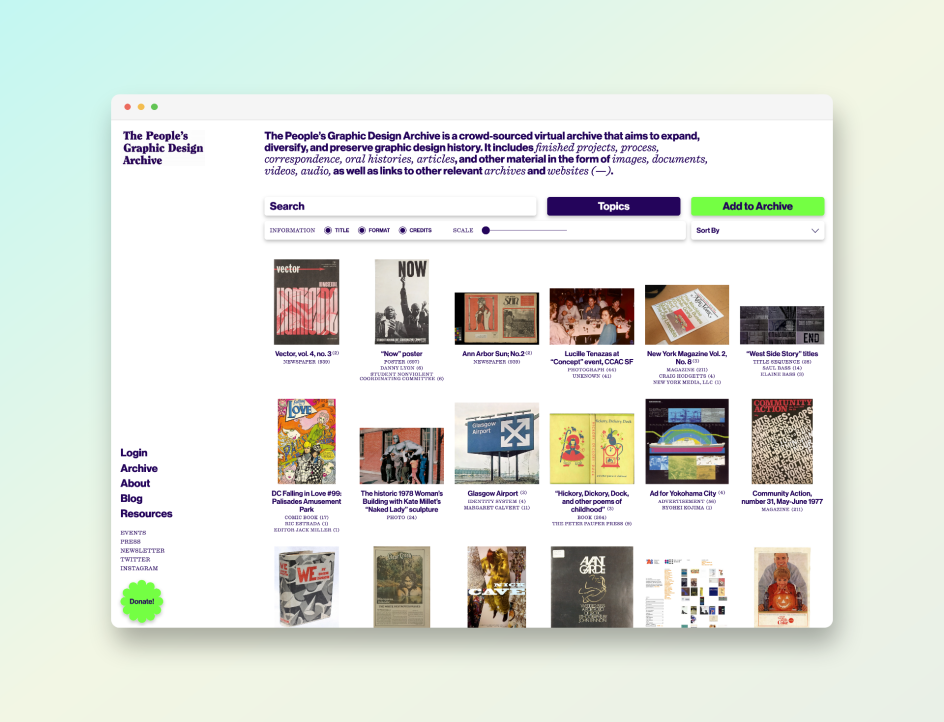
The homepage of the PGDA
What are you hoping people will get from this resource?
Brockett: We hope it will result in a new scholarship. We already hold new definitions of what a scholar looks like and can be – from a diverse range of folks who build expertise by collecting, making, writing, speaking, and sharing. We are interested in new forms of scholarship like short-form writing, digital curating, presentations, or even social media campaigns that uplift new voices.
Morgan: I hope that as the Archive continues to grow and expand the definition of the field, more people are invited into the design industry.
Louise: When I think about graphic design history, it's often the story of those works that broke new ground. But what did it break from? I hope people will see more of what the context was out which the evolution of graphic design took place. But what is considered evolutionary also depends on what is valued and who is valued.
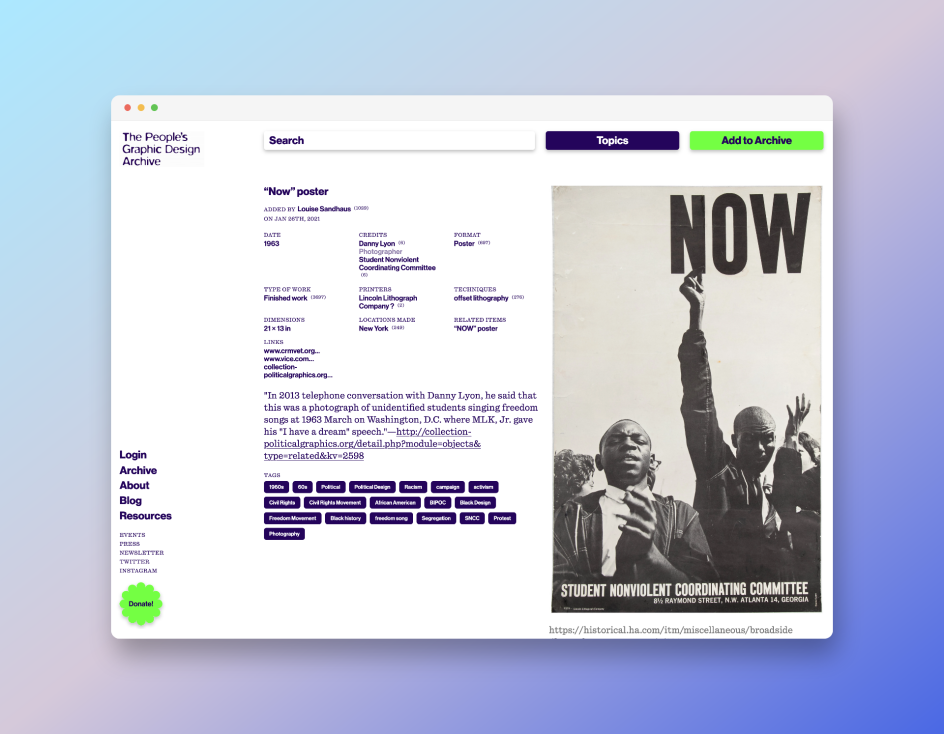
See more information about a piece on the PGDA
Have you seen any patterns emerge that have stood out? Different trends? Eras?
Louise: In many ways, we're just getting started, so we don't have a strong sense of it quite yet.
Brockett: With a crowd-sourced and digital archive, we can collect quickly and swiftly, building an array of items that respond to the needs of our time. Unlike brick-and-mortar archives that require more complicated acquisition plans and fundraising, the PGDA can add important things through a simple upload process. We can also observe relationships between social media and the collection – what folks like, upload, and engage with.
Morgan: This is an excellent question for our site moderator, Briar Levit, as she sees all the new stuff being added to the Archive. We designed the Archive home page to refresh randomly a couple of times a day to give the sense of a non-hierarchical platform. I hope (especially in the beginning) the PGDA continues to collect a random assortment of design items to help diversify and create a more inclusive, global collection of design history.
Briar: A lot of this depends on how much a user submits. We have a few people who have submitted a great deal. All three have submitted a lot of underground press from here in the United States. One user has uploaded many community papers from the UK – Scotland specifically. As time passes, this could easily change. Still, it's not surprising that these, often DIY publications, would have a few particular folks, whether for academic study or as former activists/designers.
Brockett: My favourite is when someone uploads outtakes from a research project such as a book or exhibition. Such uploads make connections between publishing and collecting.
Louise: Double-ditto, Brockett! I was concerned about where all the research I had done for my books would go. It would hopefully but valuable for some other researchers, and adding to PGDA meant it could be shared.
Designers and educators alike are very energised by the idea of contributing to the preservation of histories of graphic design. There's something to be said for helping people see what you deem essential, interesting, or beautiful.
What are the most significant differences in graphic design from the Archive, from older materials to more modern ones?
Brockett: The decade represented with the most items is the 60s. One trend is that we have more items from the 21st century than are represented in most design canons.
One challenge is the restriction to only upload items from ten years or older. This is a fairly common assumption in interpreting history and is applied to many collecting bodies. But for us, it means omitting some significant design: Black Lives Matter, Land Back, #metoo movements, and others are all within the last ten years. However, we know so much of this work is important and continuous with history. Many of us have "future history" folders of materials that we hope to share.
Morgan: As Brockett mentioned, working with older materials has rewards and challenges. Collecting older work helps make The PGDA less reactive to trends than other popular platforms. While creating the permanent platform for PGDA, we tried to make a conscious effort to keep the Archive approachable and accessible while avoiding becoming a 'design Pinterest' or history Tumblr page.
We live in a digital world of reactions. Every year there are more platforms asking people to share what they think is important at the moment. The PGDA is different because the Archive asks, 'Why was it important for this flyer/button/sign to be saved?' not just 'Why is this piece of design important?'. Limiting the work in the Archive to ten years and older allows users to take a step back from the work they upload.
What's been the reaction so far?
Louise: We've been overwhelmed by the positive response.
Morgan: Through relational organising and peer-to-peer conversations, we are spreading the mission of The Archive across global creative communities. We were lucky enough to have had a live prototype for about two years before the launch of our permanent platform this September. Having the site prototype allowed us to build an active online community around the idea of building a more inclusive design history. It has been neat to see early contributors create accounts and discover the work they have been uploading for the last year. Right now, the biggest way people can continue to support the Archive is by creating an account and uploading one item!
Briar: Designers and educators alike are very energised by the idea of contributing to the preservation of histories of graphic design. There's something to be said for helping people see what you deem essential, interesting, or beautiful – especially when that thing has been marginalised or ignored as a design object.
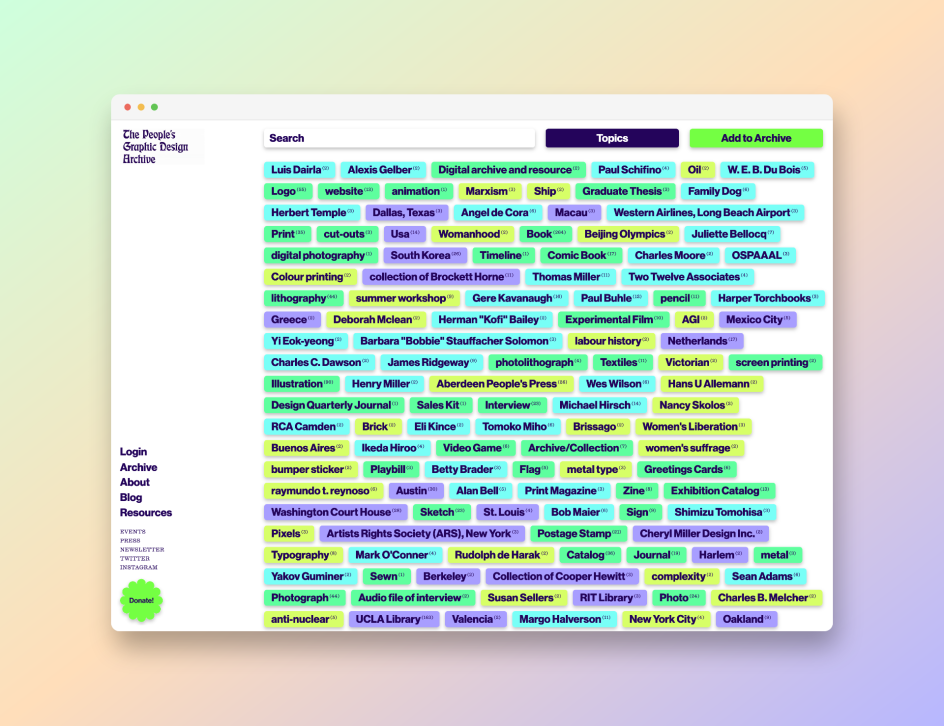
Choose a topic on the PGDA
What can we all learn from documenting design history like this?
Briar: Documenting our own graphic design histories as a collective group will help us reflect on ourselves – all of us – not just the few that have been selected under conditions of privilege (race, gender, class, ability), or use of dominant, accepted, forms and styles. Graphic design can be a visually exciting piece of everyday art. But it is often the important "receipts" of our cultures and histories which deserve to be preserved and understood in a graphic design context just as much as the most beautiful poster.
Brockett: We look to history to better understand ourselves, especially now as we reckon with how many important stories have gone unnoticed. History is in continuity with our daily experience. The Archive visualises these experiences along a continuum.

















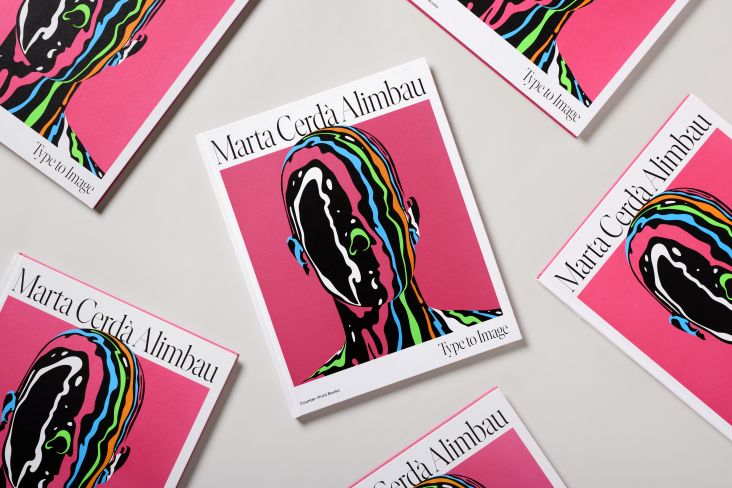
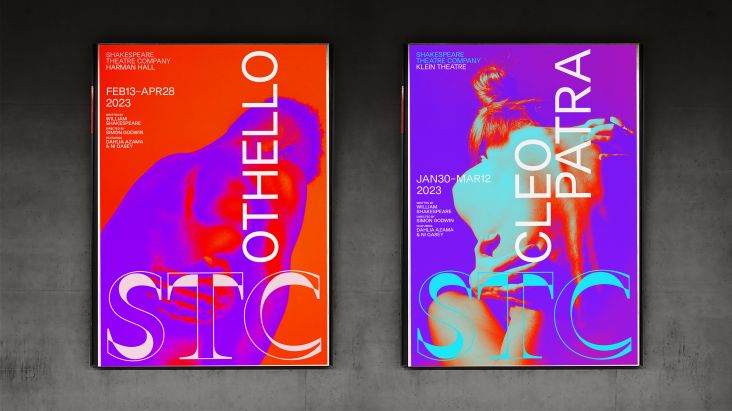
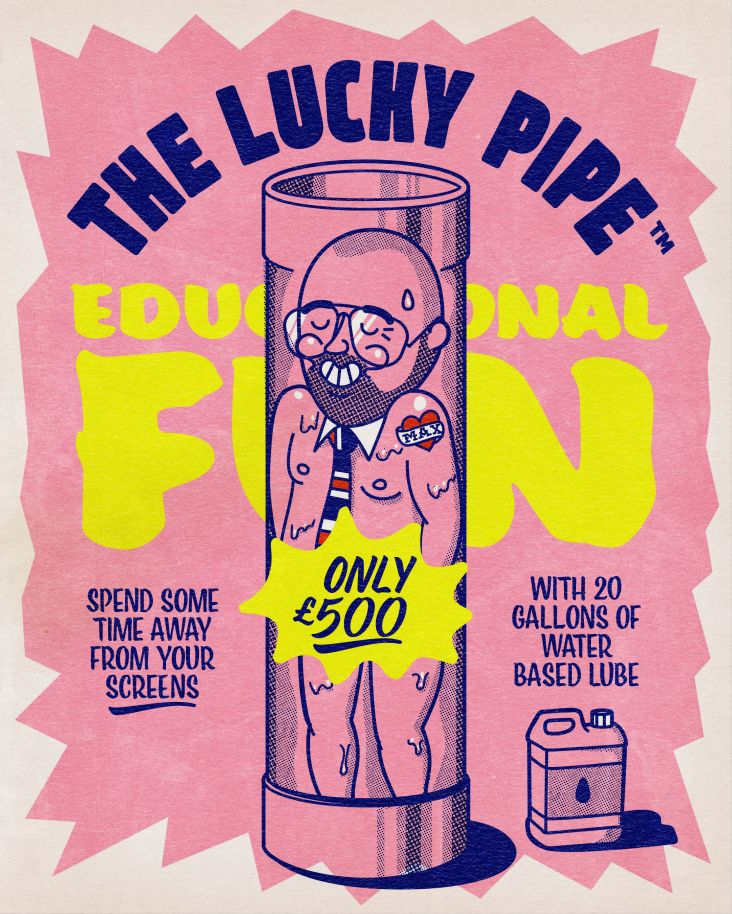

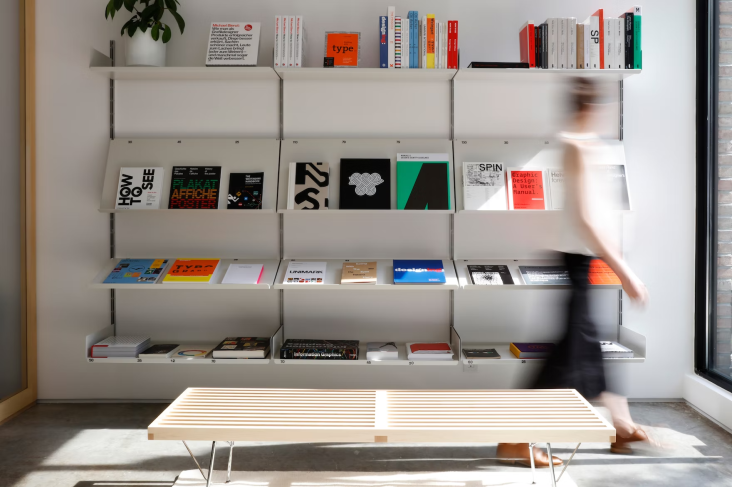
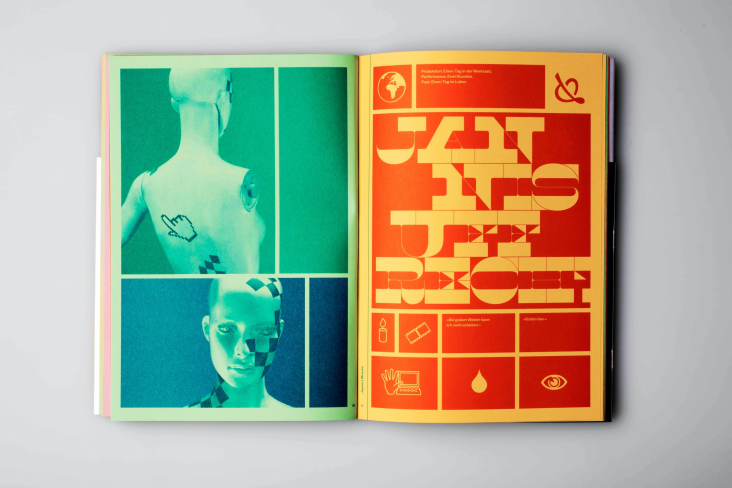
](https://www.creativeboom.com/upload/articles/1b/1bafd6401df7c7b55c0632369cb360a7832e3014_732.jpg)

